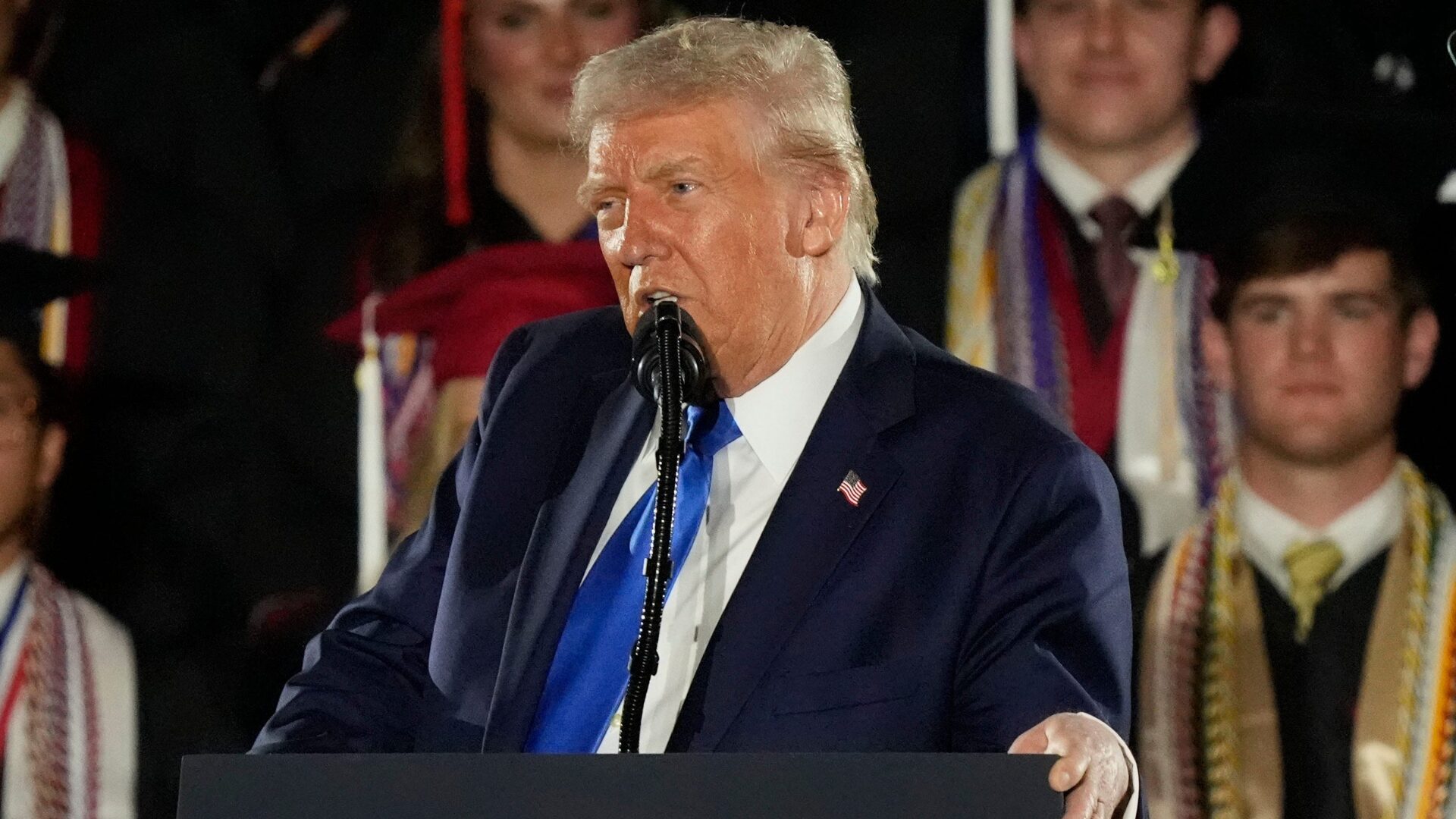The United States has expanded its military presence in the Caribbean under U.S. Southern Command, deploying bombers, Marines, and naval forces in what defense officials describe as the largest regional buildup in decades, as reported by Fox News.
The campaign, directed by President Donald Trump and the War Department, aims to target drug-trafficking and “narco-terrorist” networks operating near Venezuela.

War Secretary Pete Hegseth announced the creation of a new Joint Task Force this month, designed to coordinate counter-narcotics air, maritime, and special operations missions across the region.
“The purpose is to crush the cartels, stop the poison, and keep America safe,” Hegseth said in a statement.
At the President’s direction, the Department of War is establishing a new counter-narcotics Joint Task Force in the @SOUTHCOM area of responsibility to crush the cartels, stop the poison, and keep America safe. The message is clear: if you traffic drugs toward our shores, we will…
— Secretary of War Pete Hegseth (@SecWar) October 10, 2025
In recent weeks, U.S. forces have carried out at least seven strikes on suspected narcotics vessels. The deployment includes thousands of American troops, with the Pentagon estimating roughly 10,000 personnel currently operating in the area.
This Could Be the Most Important Video Gun Owners Watch All Year
U.S. Air Force B-52H Stratofortress bombers and Marine Corps F-35B Lightning II fighters recently conducted a bomber demonstration near Venezuela’s coast.
For four hours on Wednesday, B-52 aircraft from Barksdale Air Force Base in Louisiana patrolled the region, in a display of power directed at Venezuelan dictator Nicolás Maduro.
At least seven U.S. Navy warships and one nuclear submarine are believed to be operating in the Caribbean.
The USS Iwo Jima Amphibious Ready Group, photographed off Ponce, Puerto Rico, on Friday, includes the USS Iwo Jima (LHD-7), USS Fort Lauderdale (LPD-28), USS San Antonio (LPD-17), and the 22nd Marine Expeditionary Unit (MEU) from Camp Lejeune, North Carolina.
Three U.S. Navy guided-missile destroyers — USS Jason Dunham (DDG-109), USS Gravely (DDG-107), and USS Stockdale (DDG-106) — have joined the deployment, alongside the guided-missile cruiser USS Lake Erie (CG-70) and the littoral combat ship USS Wichita (LCS-13), which has been seen operating near Cuba.
Open-source imagery also indicates that a U.S. nuclear-powered attack submarine is stationed near Venezuela, though the Pentagon has not confirmed details.
In Puerto Rico, ten F-35 fighters and three MQ-9 Reaper drones have been deployed, transforming the island into a key logistics hub. Satellite images show Naval Station Roosevelt Roads — closed since 2004 — has been reactivated for operations.
Photographs from José Aponte de la Torre Airport reveal an AC-130J Ghostrider gunship equipped with Hellfire missiles on the tarmac.
Special operations aviation activity has increased as well. MH-6 “Little Bird” helicopters and MH-60M Black Hawks were spotted training near Trinidad and Tobago earlier this month.
The Pentagon has not specified the duration of the buildup, but analysts estimate the U.S. posture is the most significant in the region since the early 2000s.
Officials have linked the deployment to counter-narcotics and counter-terrorism missions following multiple strikes on suspected drug-trafficking vessels.
Tensions rose after Colombia alleged that one U.S. strike mistakenly killed a fisherman rather than a trafficker — a claim the White House has denied.
Defense experts say the deployment represents a shift from traditional interdiction to a deterrence-based strategy. “This is a posture we haven’t seen in the Caribbean since the early 2000s,” one defense analyst said.
“It’s clearly meant to send a message — not just to traffickers, but to governments accused of enabling them.”
Mark Cancian, a senior defense adviser at the Center for Strategic and International Studies, told Fox News Digital the mission appears aimed at maintaining strike readiness.
“What I think they’ve put in place is the capability to launch strikes at either the cartels or the Maduro regime,” Cancian said. “If I had to bet, it’s probably against the cartels — but I wouldn’t rule out something against the regime.”
Ryan Berg, director of the Americas Program at the Center for Strategic and International Studies, added that the posture gives Washington the flexibility to conduct precision strikes “without risking the lives of U.S. service personnel.”
The opinions expressed by contributors and/or content partners are their own and do not necessarily reflect the views of LifeZette. Contact us for guidelines on submitting your own commentary.
Join the Discussion
COMMENTS POLICY: We have no tolerance for messages of violence, racism, vulgarity, obscenity or other such discourteous behavior. Thank you for contributing to a respectful and useful online dialogue.